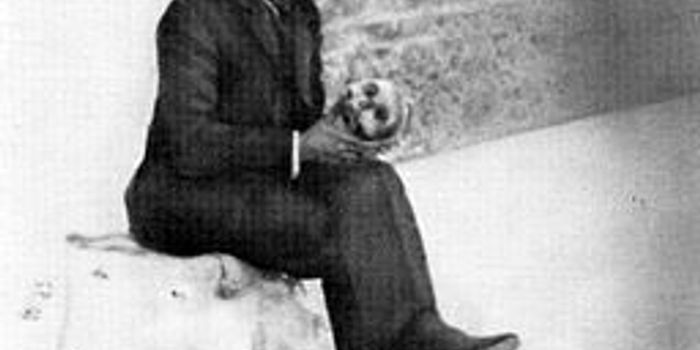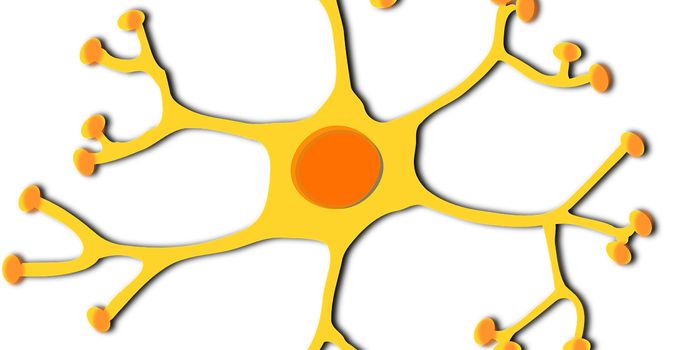A group of inventive bioengineers are hoping to harness the power of electricity to plug up bleeds. The idea sounds farfetched, but it’s actually more science than science fiction.

The growing field of bioelectric medicine is based on the premise that electricity can power our systems. And if we can learn to harness this capability, we can treat and heal the body with electricity instead of drugs. Considering that the body has its own natural electrical currents in the heart and the brain, the idea of powering the body with artificial electricity doesn’t seem too odd.
For their study, the researchers at the Feinstein Institute for Medical Research focused on bleeding. While tourniquets are often used to staunch heavy bleeding, the technique isn’t quite as effective for bleeding that happens internally. Surgeons can still tie off bleeds or cauterize the wounds, but these delicate tasks are complex and can leave room for scarring and other complications.
But what we can use electricity to kickstart the body’s natural clotting mechanism? The idea is called a “neural tourniquet” and it refers to stimulating the vagus nerve with an electric current in order to staunch bleeding.
“It’s a real leap of faith: ‘I know, we’ll stimulate a nerve to control bleeding!’” said Chris Czura, a vice-president of the Feinstein Institute for Medical Research, on the topic of neural tourniquets. “When you say this to surgeons, they look at you funny.”
But there’s a reason why this could work, and work well. The vagus nerve connects the brain to many major organs in the body. One of these organs is the spleen, which is where platelets that form clots would be released. Stimulating the nerve could speed up the clotting process that would otherwise take too long.
“[Vagus stimulation] grabs control of the mechanism the brain uses,” Czura says. “The body has this natural physiologic pathway to control bleeding, and this just ramps it up.”
The portable electrical device for neural tourniquets has only been used in pigs. But the results were promising: neural tourniquets reduced bleeding time by 40 percent, and cut blood loss by 50 percent. The same results, if attained in human clinical trials, could be life-saving in surgeries and in field emergencies.
As promising as it sounds, such electrifying device is still in its early infancy and has yet to be tested in human clinical trials. Still, the team is excited about the prospects of other healing applications for bioelectric medicine. It seems that once they map out the nerves and path of stimulation, the sky may be the limit to what electric stimulation can do. But first, we have to get there.
Additional sources:
Popular Science,
Business Insider


















































